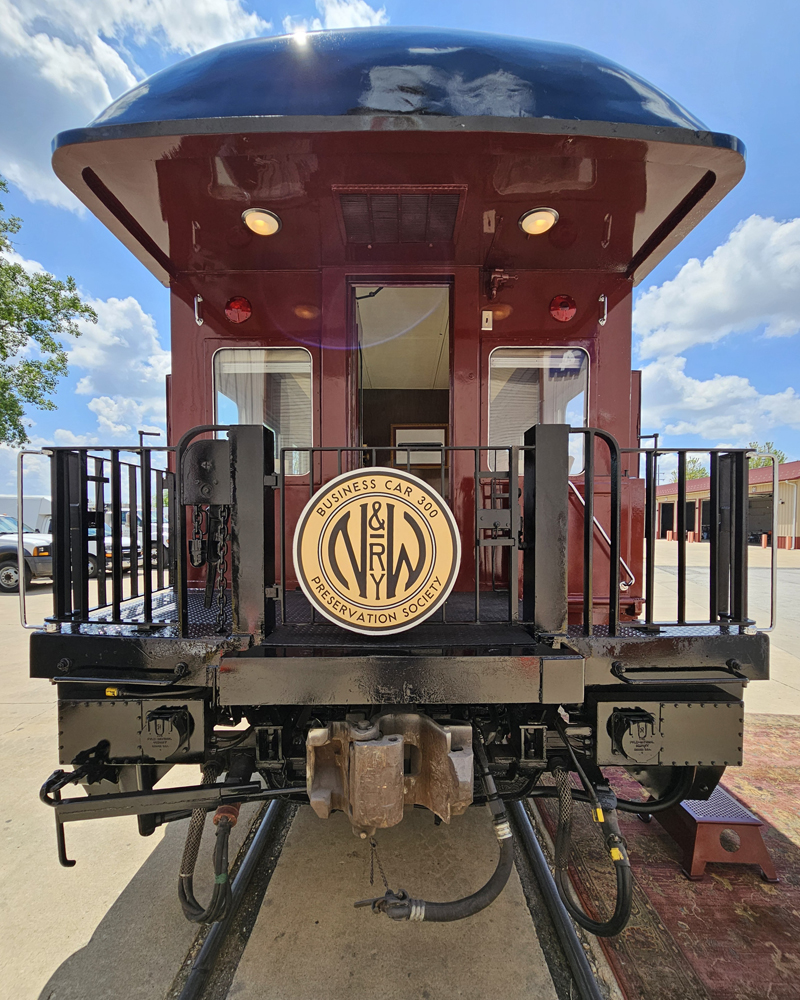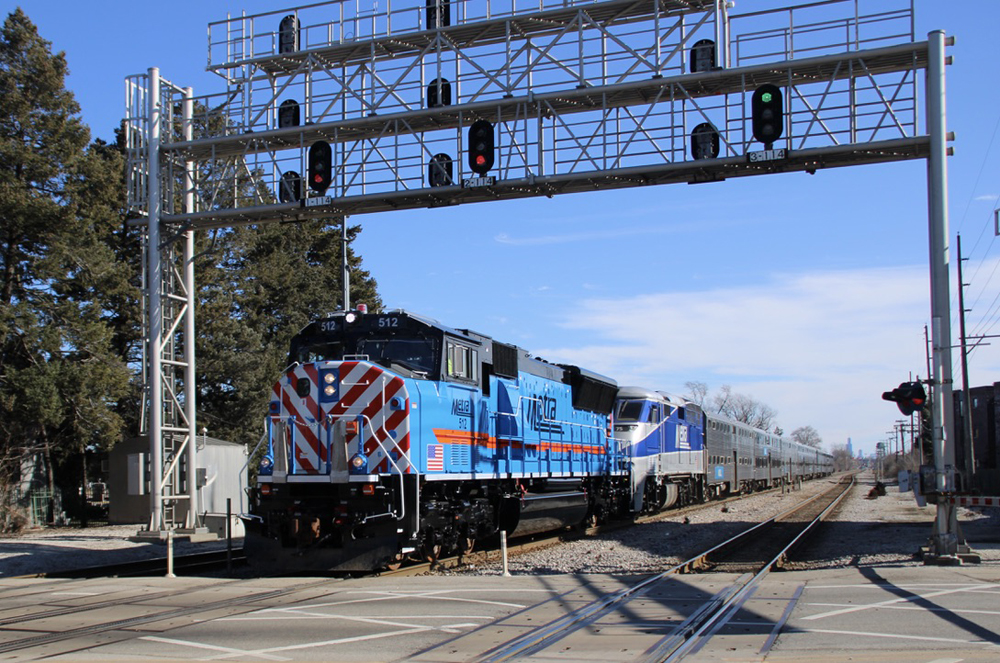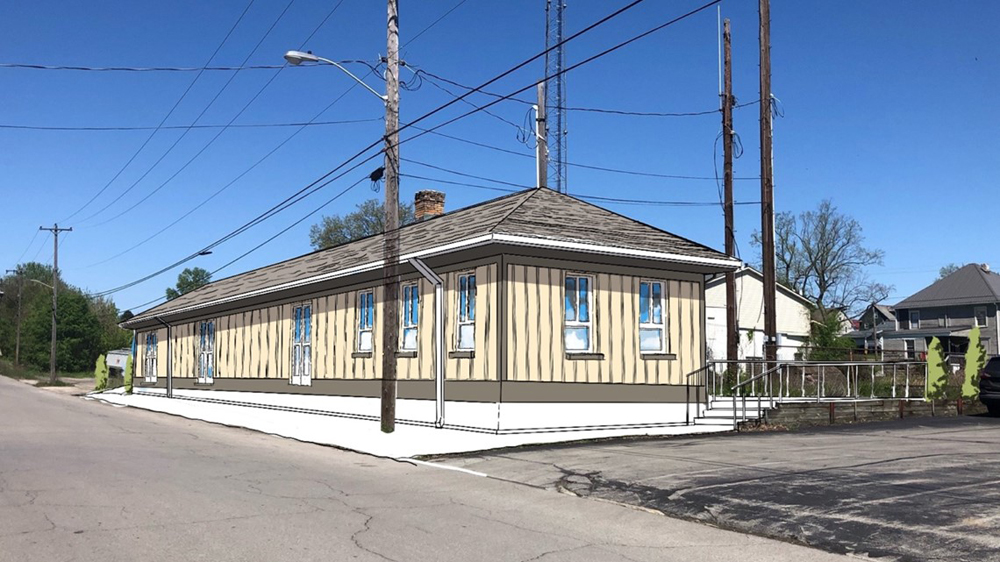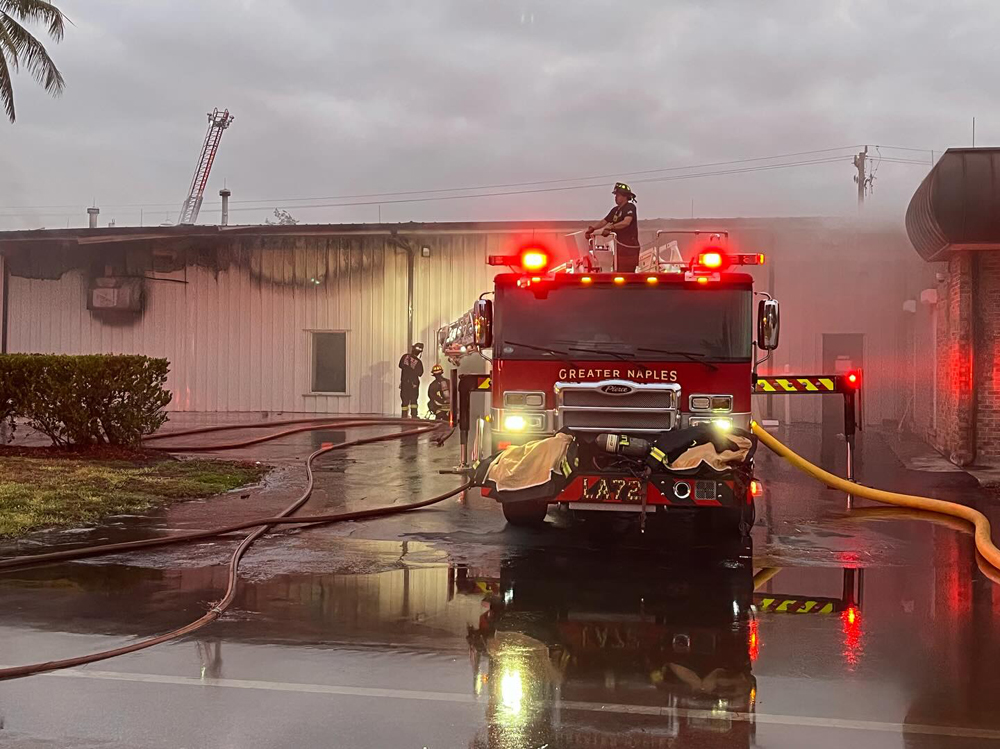So runs the tale of Electro Motive Division’s E8 diesels. Between 1949 and 1953, EMD sold more than 450 E8 A and B units for major U.S. and Canadian railroads. The 2,250-horsepower locomotives maintained a sterling reputation for operation into the 1980s and could be found on railroads from New Jersey to California.
The model
If you get a kick out of K-Line’s six-motored F-unit lash-up (CTT, November 1997), you’ll flip over this six-motored E-unit outfit! Without fear of contradiction, the E8 is the biggest, baddest, and most fun K-Line diesel ever.
Like the extra-long MTH Centipede, the first thing that dazzles you is how much locomotive K-Line has packaged into a deceptively compact black-and-yellow box. Each of the three units weighs 5 pounds, 4 ounces, and the whole A-B-A set measures more than 54 inches long, or 216-plus feet in O scale. A single A unit measures 181/2 inches long – 74 feet in O scale – compared to the prototype’s 70 feet, 3 inches, the difference being the model’s large O gauge couplers.
That’s a lot of locomotive! You may need to pump some iron to have the muscle strength to take these babies out of their boxes and hook’ em together.
Checking the models against an assortment of prototype photos shows that K-Line’s designers have captured most of the major detail points, from the smooth nose and grab irons to the five opening doors (two at the cab, two mid-shell, and one at the rear).
The lead engine has a headlight and a Mars light, but the flashing of the Mars strobe illuminated the entire cab. That might be a little annoying for the two 1:48 scale crewmen seated inside!
There are add-on grab irons at each side door and above the windshields. Something that I don’t recall with other models is a nice row of rivets along the top of the pilot. Looking at the E8 set from track level, you can almost sense the ground rumbling as it rolls past.
The roofs of the E8 units have some terrific details, including lift rings, two horns on the A units, and five exhaust fans (four engine and one dynamic brake). There are also two winter operation covers.
The only visual distraction is the grillwork along the sides of the engines. On our samples, the etched metal grills did not lay flat. While I did see many photos of prototype UP E8s with rippled grills, I don’t think K-Line was intentionally modeling this. Regardless, it is a minor concern at best.
Decoration of the engines is flawless, from the yellow paint on the body to the black highlights of the red Union Pacific lettering. I particularly like the winged UP shields on the noses. I can see why the railroad has returned this symbol to its new diesels.
On the test track
The engines will operate on O-42 curves, but this rig obviously looks better on wider curves. The three units of the train are joined electrically with cables that plug into pivoting receptacles within the flexible diaphragms of companion units. However, on an O-54 reverse curve (back-to-back left and right curves) on one of our home layouts, the cable – stretched to near maximum reach – wasn’t flexible enough, and the B unit’s lead truck regularly derailed.
Speed range was very good, with a low-end average of 13.2 scale mph and a high-end average of 90.9 scale mph. With a train of 25 mixed manufacturer and vintage freight cars in tow, the outfit averaged 87 scale mph.
As expected with an outfit bearing six motors, illumination, and a sound system, amperage draw was notable. Running with no load, draw ranged between 2.6 and 3.2 amps. With our 25-car train in tow and running at a steady 18 volts, the ammeter bopped back and fourth between 4 and 4.5 amps, depending on where the train was on the layout.
Drawbar pull for the 15-pound A-B-A set is titanic: The rig’s six can motors and traction tires delivered a whopping 5 pounds, 91/2 ounces, which equals roughly 260 modern pieces of rolling stock on straight and level track. Yikes!
In operation we had trouble with couplers that kept popping open. It did not matter which A unit was in back — our sample locomotives couldn’t complete a single loop of my 16 by 22-foot layout without the knuckles springing open. It appeared that on each A unit that the coupler’s “thumb-tack” was touching the lower lip of the pilot, causing the coupler to open on curves or uneven track. For my 25-car test, I used a rubber band to keep it closed.
The RailSounds system is superb; in fact, the first time the system started up, I got a few goose bumps! We’ve had the opportunity to examine five K-Line locomotives with Lionel’s RailSounds package, and the E8 tops the others. Sound reproduction was excellent, and the bass was rich and throaty. It may be due to the size of the speaker or the acoustics of the engine shell, but this engine will get noticed even in the middle of a crowd of sound-equipped locomotives.
In TrainMaster Command Control mode, the E8 trio responded to all command inputs appropriately. With constant voltage on the rails, the powered exhaust fans on the roofs of the units spin continuously, regardless of whether the locomotive has been powered up or even addressed.
You could buy the K-Line E8 trio just to put on a long shelf, but that would be like using a winner of the Kentucky Derby for pony rides. If you have the room to unleash this thoroughbred, let it run wild and free.














